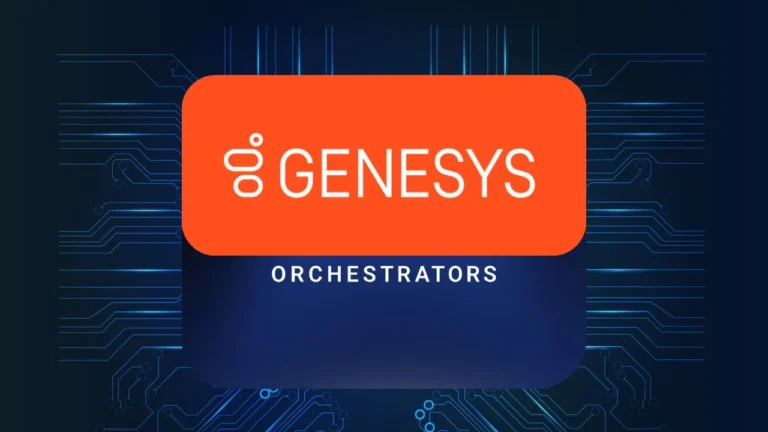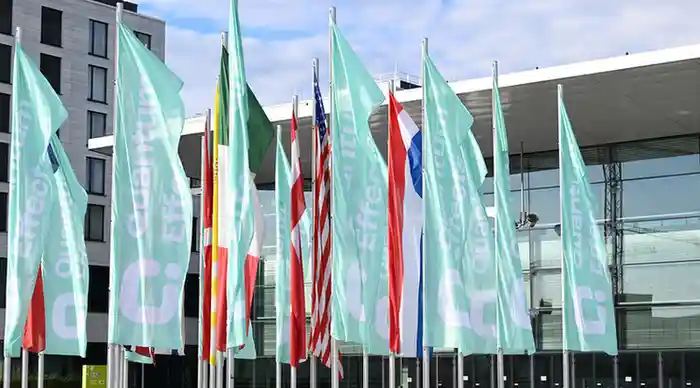Proxima Fusion Raises €130M in Series A Funding to Pioneer Stellarator-Based Fusion Power Plant by the 2030s
Proxima Fusion, Europe’s fastest-growing fusion energy company, has announced the successful closure of its €130 million ($150 million) Series A financing round—the largest private investment in fusion technology within Europe. This milestone underscores the growing momentum behind commercial fusion as a transformative solution for global energy challenges. The funding round was co-led by Cherry Ventures and Balderton Capital, with significant contributions from UVC Partners, DeepTech & Climate Fonds (DTCF), Plural, Leitmotif, Lightspeed, Bayern Kapital, HTGF, Club degli Investitori, Omnes Capital, Elaia Partners, Visionaries Tomorrow, Wilbe, and redalpine, which spearheaded Proxima Fusion’s seed round just one year ago.
With this latest infusion of capital, Proxima Fusion’s total funding now exceeds €185 million ($200 million), combining both private and public investments. These resources will accelerate the company’s ambitious mission: to construct the world’s first commercial fusion power plant based on a stellarator design—a groundbreaking step toward clean, limitless energy.
Fusion as a Strategic Opportunity for Europe
Francesco Sciortino, CEO and Co-founder of Proxima Fusion, emphasized the strategic importance of fusion energy in reshaping global energy dynamics. “Fusion represents a real opportunity to shift global energy dependence from finite natural resources to technological leadership,” said Sciortino. “At Proxima, we are uniquely positioned to harness this momentum by uniting a world-class engineering and manufacturing team with leading research institutions, accelerating the path toward bringing the first European fusion power plant online in the next decade.”
Founded in April 2023 as a spin-out from the Max Planck Institute for Plasma Physics (IPP), Proxima Fusion continues to collaborate closely with IPP through a public-private partnership. This collaboration is pivotal in advancing Europe’s transition to clean energy. Governments across the EU—including Germany, the UK, France, and Italy—are increasingly recognizing fusion as a generational technology critical for achieving energy sovereignty, industrial competitiveness, and carbon-neutral economic growth.
By building on decades of public investment in fusion research and leveraging Europe’s robust industrial supply chains, Proxima Fusion is laying the foundation for a new high-tech energy industry. The company aims to transform Europe from a leader in fusion science into a global powerhouse in fusion deployment, ensuring energy resilience and sustainability for the continent.
A Bold Step Forward in Fusion Technology
The Series A funding round reflects investor confidence in Proxima Fusion’s innovative approach to solving one of humanity’s most pressing challenges: clean, limitless energy. Filip Dames, Founding Partner at Cherry Ventures, remarked, “We back founders tackling humanity’s hardest problems—and few are bigger than clean, limitless energy. Proxima Fusion combines Europe’s scientific edge with commercial ambition, turning world-class research into one of the most promising fusion ventures globally. This is deep tech at its best, and a bold signal that Europe can lead on the world stage.”
Proxima Fusion is taking a simulation-driven engineering approach, leveraging advanced computing and high-temperature superconducting (HTS) technology to build on the groundbreaking results of the IPP’s Wendelstein 7-X stellarator experiment. Earlier this year, Proxima unveiled Stellaris, the first peer-reviewed stellarator concept to integrate physics, engineering, and maintenance considerations from the outset. Stellaris has been hailed as a major breakthrough in the fusion industry, advancing the case for quasi-isodynamic (QI) stellarators as the most viable pathway to a commercial fusion power plant.
Daniel Waterhouse, Partner at Balderton Capital, highlighted the significance of stellarators in the race to achieve fusion energy. “Stellarators aren’t just the most technologically viable approach to fusion—they’re the power plants of the future, capable of leading Europe into a new era of clean energy. Proxima has firmly secured its position as the leading European contender in the global race to commercial fusion. We are thrilled to partner with Proxima’s game-changing team of engineers, alongside Europe’s top manufacturers, to build a company that will be transformational for Europe.”
Accelerating Toward a Commercial Fusion Power Plant
With the new funding, Proxima Fusion will focus on two key milestones. First, the company plans to complete its Stellarator Model Coil (SMC) by 2027, a major hardware demonstration aimed at de-risking high-temperature superconductor (HTS) technology for stellarators and driving European innovation in HTS materials. Second, Proxima will finalize the site selection for Alpha, its demonstration stellarator, which is currently under discussion with several European governments. Alpha is scheduled to begin operations in 2031 and will serve as the critical step toward achieving Q>1 (net energy gain) and paving the way for the first-of-a-kind fusion power plant.
Proxima Fusion’s team, comprising over 80 experts, operates across three offices: its headquarters in Munich, Germany; the Paul Scherrer Institute near Zurich, Switzerland; and the Culham fusion campus near Oxford, UK. The company’s interdisciplinary team spans plasma physics, advanced magnet design, and computer simulation, enabling it to tackle some of the most complex challenges in fusion energy.
Dr. Francesco Sciortino underscored the significance of this investment in propelling fusion energy into a new era. “Fusion energy is moving from lab-based science to industrial-scale engineering,” he said. “This investment validates our approach and provides us with the resources needed to deliver the hardware essential for making clean fusion power a reality.”
Ian Hogarth, Partner at Plural, echoed this sentiment, stating, “Proxima Fusion exemplifies a new kind of European ambition—a full-force effort to develop the world’s first fusion power plant. Since their initial funding round two years ago, Francesco and the team have consistently hit challenging milestones ahead of schedule and assembled a world-class team spanning plasma physics, advanced magnet design, and computer simulation. Their peer-reviewed stellarator power plant design confirms that fusion can be commercially viable, creating an opportunity for Europe to take the lead in this transformative field.”
About Proxima Fusion
Proxima Fusion spun out of the Max Planck Institute for Plasma Physics (IPP) in 2023 to build fusion power plants using QI-HTS stellarators. Proxima has since assembled a world-class team of engineers, scientists and operators from leading companies and institutions, such as the IPP, MIT, Harvard, SpaceX, Tesla, and McLaren. By taking a simulation-driven approach to engineering that leverages advanced computing and high-temperature superconductors to build on the groundbreaking results of the IPP’s W7-X stellarator, Proxima is leading Europe into a new era of clean energy, for good.






